Career / Jocelyne Beaudoin
8 years ago by
One thing I’ve always loved about working in this industry is getting to meet people who have some serious stories to tell. You know, the ones that really make you dream– about crazy shoots or crazy stylists or crazy photographers. Not actually crazy (well, sometimes) but more in that they way that people who worked in fashion and film and photography in the 80s and 90s always seemed so big to me.
So after the team met Jocelyne, who we introduced you to last week, they all came back saying she was definitely one for a career interview! Jocelyne has been working in New York since the 80s as a prop stylist and set designer and she’s kind of seen it all. Her career has been both fluid and windy– there’s a special surprise in there that I’m sure you’re going to get a real kick out of– and meeting her was a real treat. She’s gentle, honest and an extremely hard worker… with no real plans for retiring anytime soon!
Where did you grow up?
Montreal, Canada. My father is a doctor; he’s an anesthesiologist, and he was also the head of emergency care and intensive care. My mother was a homemaker.
When you were a child, what was your dream job?
I didn’t have a dream job. But I knew some things: I wanted to get out of Montreal and I wanted to explore the world, I was sort of artistic so I thought something involving that — but it’s not like I wanted to be a ballerina or anything like that, no. I used to draw all the time. And I built things all the time, I was a bit of a tomboy.
There’s one thing I knew I didn’t want to do and that was to be a doctor. That’s for sure.
And why did you want to get out of Montreal?
Because I thought that it’s very small minded and I thought that from a very young age. I always wanted to see the world and I feel like Montreal was a very small sort of particle and I wanted to see outside of it. Not because I didn’t like Montreal–I love Montreal, but just I felt like there was more to the world and I wanted to explore it.
What did you study university?
I started with design and architecture and then I quickly realized that I was more interested in film. So I switched to film and art history. I was obsessed with movies and I wanted to be part of that world.
When I was at university in Syracuse this production designer came to speak at our school just for my department. He was a very accomplished production designer, his name was Mel Bourne and he worked for Woody Allen amongst others — so he showed his work and it was like the lights turned on in my head, and I was like ‘that’s what I want to do.’ From that moment on it was clear, and it’s still clear that that was the right choice.
Some years later– maybe ten or fifteen years later– I was invited to the premiere of a film and I happened to be seated next to him. I didn’t know it was him, because by now he had a big white beard and white hair but we started talking and I realized who he was so I told him that he changed my life and he started crying. The whole night after that he paraded me though the reception introducing me, it was like I was his date all of a sudden. He was so touched, and I thought ‘wow I’m so happy I can say thank you’ because he really did sort of focus all my energies. It was nice that that happened.
When did you move to New York City?
Right after I graduated university which was in ‘85. I didn’t know that you could get a two year sort of experience visa, so when I discovered that I thought ‘well I might as well go try New York it’s gonna be just as hard in Montreal to get started.’
And in fact it was easier in New York because Montreal is so so so much more formal and insular in a certain way and it would have been so difficult to get started because my parents knew no one in this business. I knew no one in this business, and you can’t just go introduce yourself somewhere– you can’t call someone up– you have to be introduced by someone else. It’s very formal in that way, so that would have taken years to get anywhere. Where as here, you know it’s fast. In New York if you’re good at what you do they just keep hiring you in freelance positions all the time.
And the fact that I had a strong French accent and I looked foreign I guess that also helped because of what I was doing– I think people thought ‘oh she must have taste because she’s foreign!’
Why did you decide to move to New York instead of like Los Angeles if you knew that you wanted to work more in film?
Well for the same reason I still don’t live in Los Angeles… Because it’s too far from what I know! Not physically too far, but its too foreign to me. I need a city that’s a pedestrian city, that’s important to me, that’s what I come from and that’s what I enjoy or feel comfortable in, and LA is definitely not that.
You worked as an assistant for five years doing art direction. What types of things were you doing in that position?
Well we did feature films mostly and we did tv commercials also. The production designer is the person who comes up with all the ideas– the sort of vision. The art director is sort of the deputy that hires the crews, manages the crews, parcels out all the work, makes sure that we get it on time, make all the schedules… so it’s that kind of administrative position.
But also you have to find the vendors to make the props, and then you have to supervise all that and this particular production designer, we had a great collaboration so I would get involved from the top in terms of developing the ideas of what we would present to the production company and the director. I was involved every step of the way, so it was fascinating because he was trained in theatre in London and he was very talented and knowledgeable, so I learned a lot.
After five years of working with him, what did you do next?
Well this is going to sound crazyyyy, but I designed probably… I don’t know… 75 to 100 rap music videos.
How did that happen?!
So, I’m not really sure… I can’t remember but I do remember that I was very welcomed in that world because I wasn’t American I know that. I love that world and I was very comfortable in it and I love the music so it was fun and I had a great time. It was hard work. I eventually started working with this one production company and then they hired me all the time so that meant a music video a week. It was like intense, and it was all big names.
What point was turning point of not doing music videos anymore and moving into something else?
Well there was one night that I was under the Brooklyn Bridge. It was pouring rain I had to make smoke and the assistant that was supposed to do it got injured, so he left. So here I am under the Brooklyn Bridge soaking wet doing smoke, which I don’t even know how to do– I’m not a special effects person and I was like ‘uhhh this is not so much fun anymore, this is too much.’
At the very same time also the business started to move to LA, because they got bigger and bigger, the productions got huge and so I didn’t really want to transfer there so that was the moment where I was like okay let’s think of something else to do.
I happened to work on a TV commercial with this fashion stylist who I really liked and she said there’s a young photographer that I think you should meet because he’s very cinematic. She organized for us to meet and I went to him, and my portfolio at that time was all photos I had taken myself of the sets that we had done so it didn’t look sort of slick and glossy like people in the magazine industry and the print industry.
He took my book and he looked at it for like a good half an hour and you could tell that the wheels were turning and then he gave me a job right away. So that was Ruven Afanador, who’s very accomplished in photography. He was my age, just starting out, and I worked with him for six or seven years after that. Almost exclusively with him, so that was where the switch to photography took place.
How was working in that world different than working in the film world? What changed about the way that you were working?
The huge change was that the job I do is the same, it’s exactly the same, except that it’s a still image opposed to a moving image so you don’t have to think about the 360 all the time. But the biggest change is that the person that is sort of the final eye on the image is the photographer who also looks through the camera not a DP looking through the camera trying to accomplish the vision of a director. With photography, it’s much more sort of one-on-one for me, and that made all the difference.
Often I would do these sets that I thought were fantastic for films, and then all of the sudden in the last minute arrives the DP who has not been a part of the process between you and the director and then it’s his vision. And if he feels like turning on the smoke machine, you say nothing of — he can very well do that and you have no say.
In fact for some strange reason there’s a lot of a built in antagonism between the production designer and the director of photography unfortunately, and I found that very difficult because I love collaboration and I always felt like they’re kind of bullies that come in. They’re not all like that obviously, but a lot of them are, and I can understand in a way because everything’s on their shoulders. So that’s a big huge responsibility but at the same time it was always disappointing.
With photography it’s you and the photographer and there’s nobody else. There’s a client obviously, but in those days the photographer was king and so it was very direct. With Ruven it was an incredible collaboration because we sort of spoke each other’s language and started together, so we developed a whole vocabulary together and that was extremely rewarding. That’s when i started traveling a lot and went all over the world and it was fantastic.
How has social and digital video changed your work?
Well obviously the digitization changes everything in terms of how images are used and the turnover and the amount of images that need to be produced have sort of diminished the score and the size of images that are done. So for a while nobody wanted to pay for sets — they didn’t have time to do these big jobs. I used to do HUGE jobs on big sets, days on end… for example I did numerous Gap campaigns and those were huge sets that cost hundreds of thousands of dollars, but that doesn’t happen anymore. Everything is much smaller scale, which I sort of like, but now people are realizing that even though they have to produce so much content it still has to be very good content.
Two years ago you would hear ‘oh you know the rate is half of what I normally charge’ because it’s just for digital content and nowadays they realize if they want the digital content to make sense and to appeal they have to spend money on it. So I’m very busy, there’s definitely no big sets anymore but I’ve sort of veered towards still life more and more.
I almost do no fashion anymore. I work a lot in cosmetics and jewelry, the sets are much smaller but they still are elaborate for what they are. It’s a lot of fun, I like that.
Why did you move in that direction toward beauty and jewelry?
Well you know, follow the money!
And I love doing still life because I love telling stories, I’ve always loved telling stories. It doesn’t matter to me if it’s like a three stage set or just a little sort of four by four piece of cardboard in front of me, it’s still a story to tell, just a smaller scale. Photographers that do still life, they’re all a little bit nerdy so that’s fun and you know the cosmetics and jewelry they haven’t had the big budget cuts that most other fields have.
Can you tell me a little bit about your process when you work a job? Sort of how do you approach it from start to finish?
Usually you get boards from an ad agency or in-house advertising department and it starts with conversations with them of what they’re trying to achieve. Then we will figure out technically how it’s going to be achieved, because a big part of my job is technical.
Then I look at the photographer’s work and try to speak to that and incorporate their ideas and what the their vision is. And hopefully put a little bit of my vision in there too! I love playing with shapes and colors so it’s thinking about volumes and colors more than specific objects even though certain objects obviously tell whole stories.
How important has it been to maintain relationships in your work, in terms of building your career through your network?
That is supreme. I’m in touch with everybody since the beginning more or less. Some people move on but I think in my business it’s the most important thing. Also I’ve developed a whole team of fabricators and vendors and I’ve used the same people for years and years because then you know what you’re going to get. It’s not just here in New York, it’s also in LA and in Paris– I have teams there too and it’s always the same people. All of those things are very important because your reputation is what gets you work.
Of course we have portfolios and do all the promotional things but it’s really your reputation that makes a big difference. And also interestingly, this world even though it seems vast, especially because I dabble in a few of them, you would think it’s vast but in fact it’s very small. I was very mindful of this from the beginning especially moving to New York.
When I moved to New York there was a certain kind of woman in these businesses that were very tough and they were dressed all in black and they were kind of rude and fast and unpleasant and I made a conscious effort from the start that I was not going to be like that. In the world I was in I had to deal with a lot of lumber stores and electrical vendors and they were very resistant to the idea of dealing with a girl because in those days I was a girl with a big accent. They gave me a really hard time but I just felt like the only way is to be very knowledgeable– more than they are– and to be very nice so that you sort of force them to be nice and deal with you.
Also and this is one very important thing that my crew is very very nice to each other and to the clients and to models and all of that. I don’t really say you have to be like this but if I catch them being not like this, I will not rehire them because I feel like you need to be invisible in a way you know, just get the job done and not look like it was an effort. Also in what I try to do visually I don’t want it to look like my thumbprint is all over the place, I want it to be sort of organic to the image if that makes any sense. So I want us as a crew to behave like that too.
This business, it can drive you crazy sometimes because the stress is high and the demands are extremely high, and sometimes there’s no time to accomplish things, and you can get wrapped up in the craze and I really don’t like that. I feel like you don’t get good results being like that, so I also so I try to avoid clients that force you to be like that or photographers where that’s they’re MO. I sort of stay away from these kinds of people because for me that’s not how you’re going to get my best work.
It also has to do with ego…a sort of separation of ego perhaps?
Yeah, and as I said before I am very into collaboration and my ego does not play a part in that at all. Sometimes I have to do things that I don’t agree with but you know that’s part of the job, I’m hired. I’m not doing my own personal work I’m hired to do a job and get the job done. And if I don’t like it I might say this is maybe not the best solution here but if that’s what they want, that’s what they want, they are the clients.
So what is an average day like for you?
I spend a lot of time on set. So it usually starts at eight or nine and then these days it finishes at eight or nine, so it’s just getting what’s at hand done. But also there could be four other jobs that need to be managed silently behind the scenes, that’s why I have a full-time assistant. There’s a lot of answering text messages and emails. There’s a lot of late-night phone calls, early morning phone calls. It’s not very glamorous.
Our job is very glamorous compared to a desk job that’s kind of repetitive 9-to-5 or whatever. But at the same time it’s hard work, it’s not easy, but I love my job. Obviously, I’m still doing it. I kind of work 24/7. I know that’s probably the reality for most people nowadays but it’s not like I can go on vacation and never look at emails that’s impossible.
What do you find most rewarding about your work?
I love being a part of making beautiful images so that’s the most rewarding, but the process is very rewarding to me. When you’re working with someone where you can contribute to their vision or when your two visions together can blend into something much greater than your individual visions is the most rewarding. And it doesn’t matter what the format is or the medium.
What would your advice be to people who are interested in working set design or prop styling?
I think you need to know how to do many things, and you need to know them hands-on. I feel nowadays that a lot of young people, they don’t want to go through the process. They think that they can just instantaneously be whatever and that it shows in the work.
For me it was very important that I learn how to be a scenic artist, that I learn how to draw and do drafts. I trained as a scenic artist way back when, a long time ago, and that has informed how I can be successful doing smears in beauty work even though it’s a much much smaller scale. But do you understand the mediums, what they can do, what you can do to change them, how to handle instruments?
So I think the important thing is to learn the physicality’s of what you do and also, obviously look into the history of what’s done because you can learn a lot from that. And it’s very important I think to have a wide visual vocabulary. So to look at images, to look at art in all its forms.
What’s your dream for your career now? Do you have a vision for what’s next? Is it ever slowing down or is it just doing more and more?
I like doing more more. But you know, I used to think that this business was a business for young people and that it was obsessed with youth and that soon I would get tossed out but of course my doomsday scenarios have not happened. In fact, I’m busier than I’ve ever been so just bring it on!
As long as you can keep doing it why not? My father retired at 79 and I think I’m born in his way of doing things, I’m not ready to slow down at all. The important thing is to be enthusiastic and curious and that I think I’m always going to be like that… so, who knows!










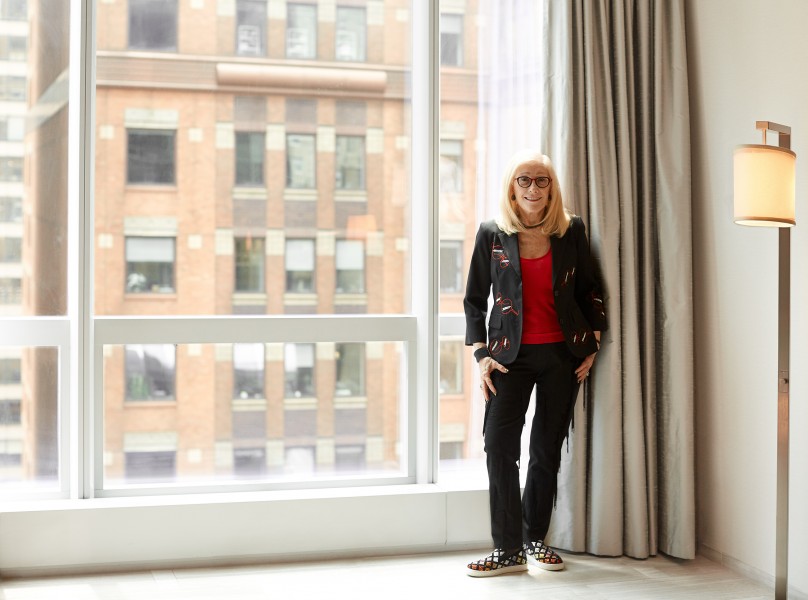

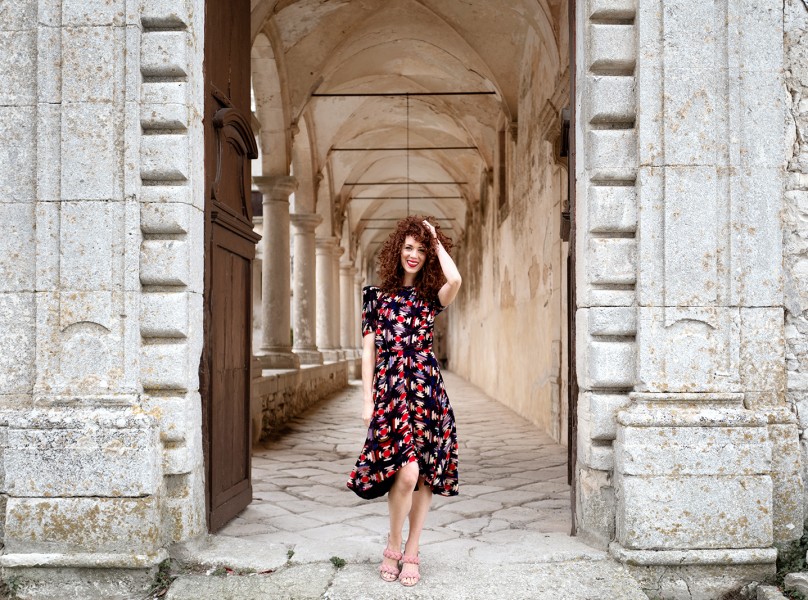











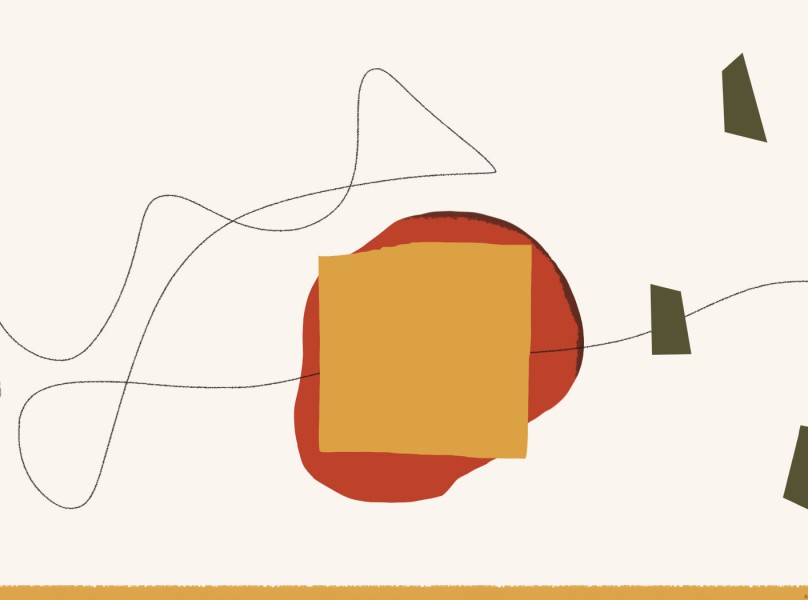
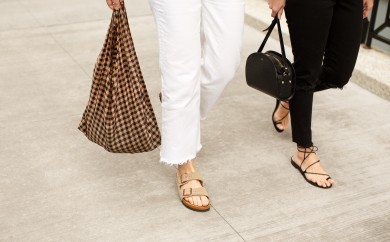
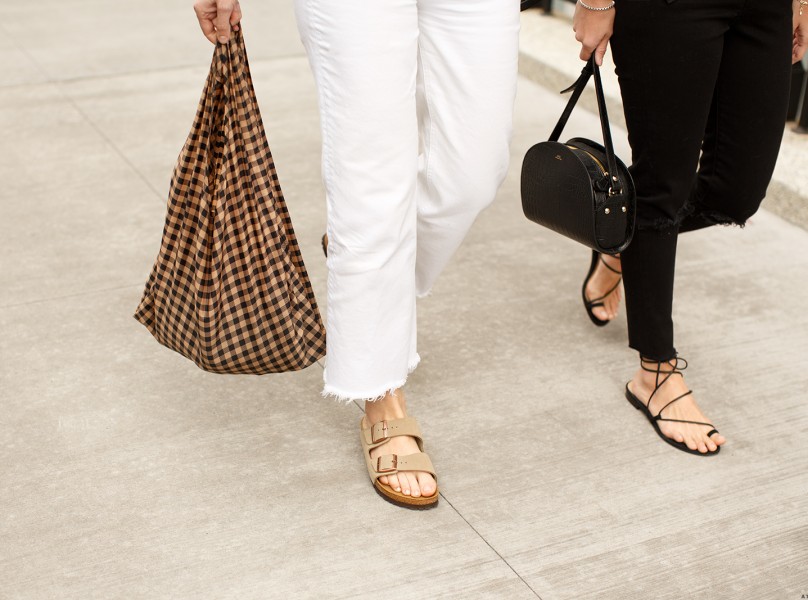
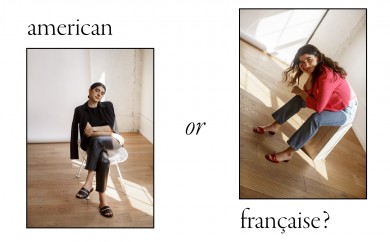
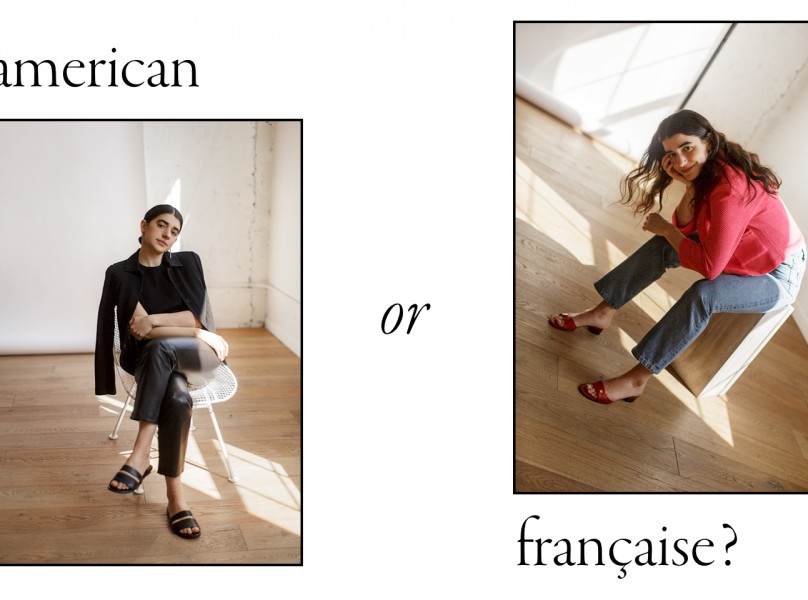
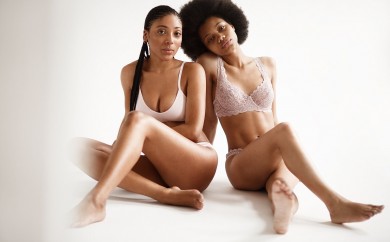
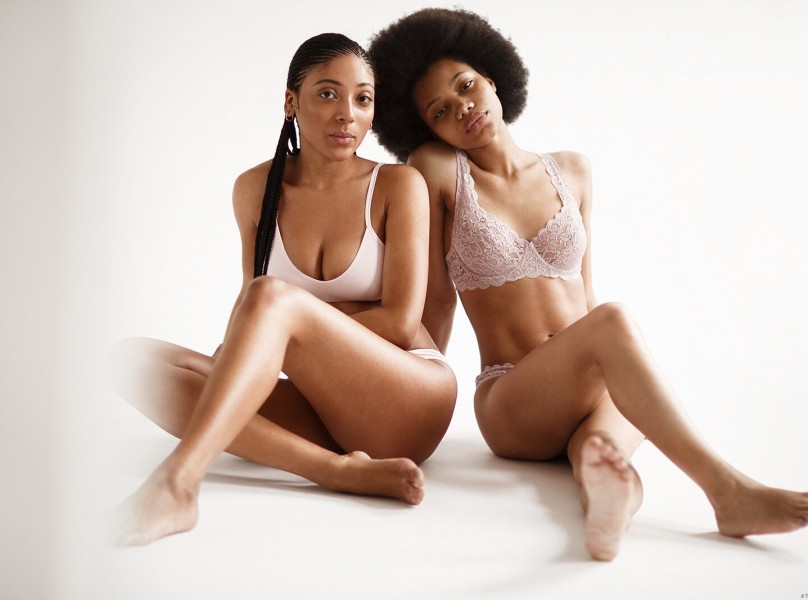
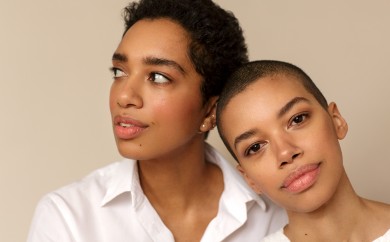
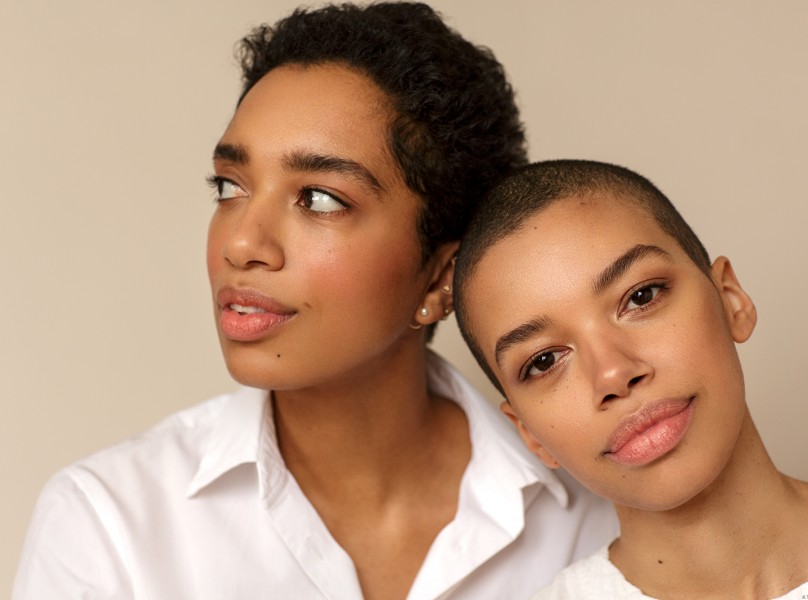
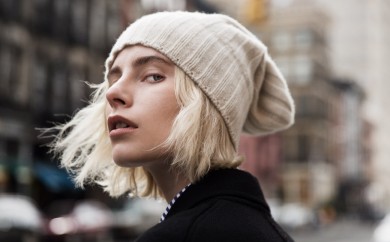
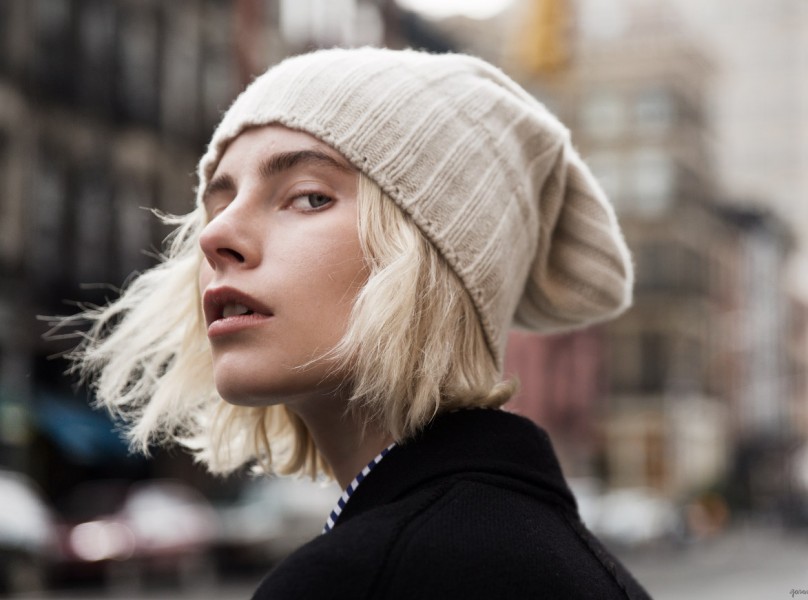
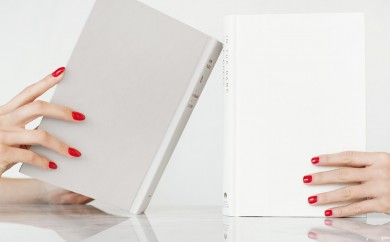
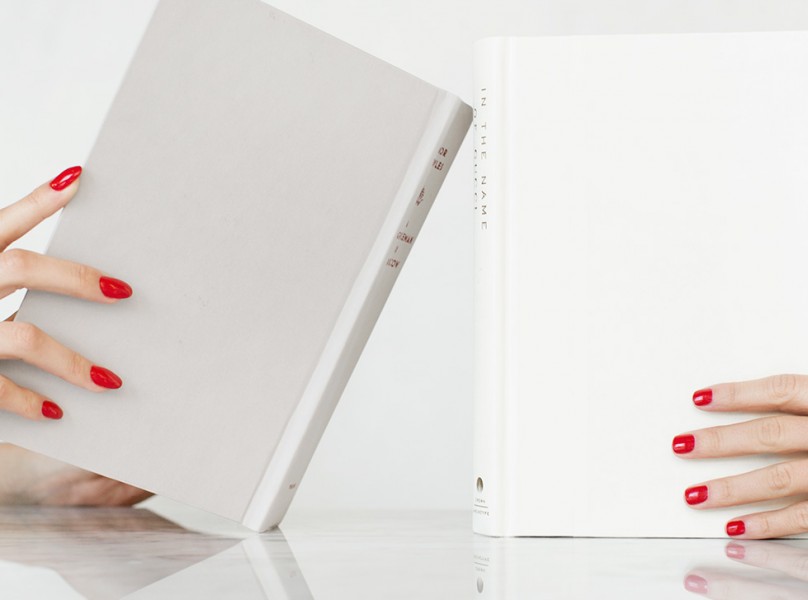
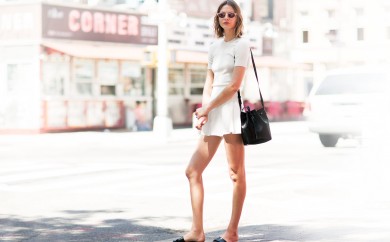
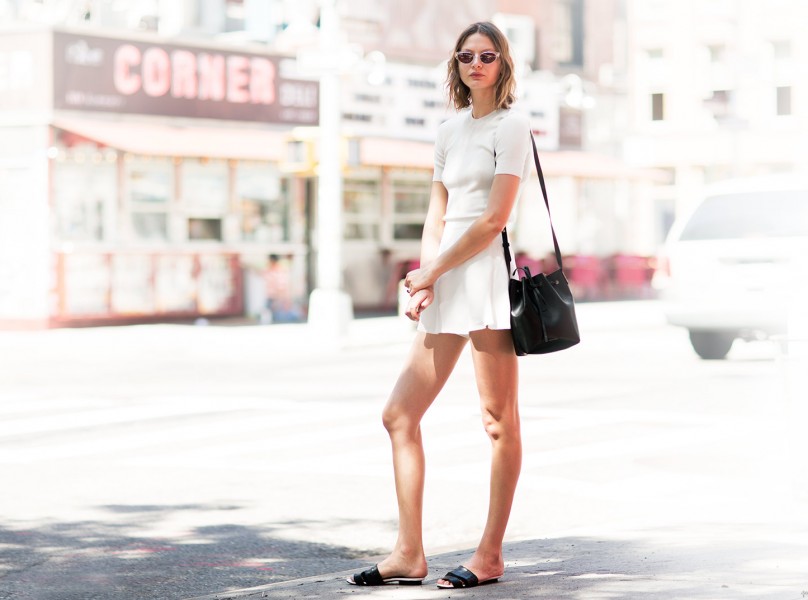
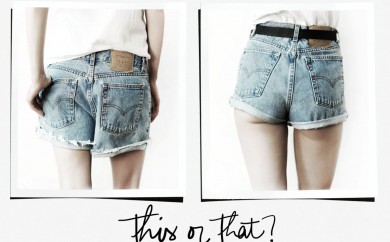
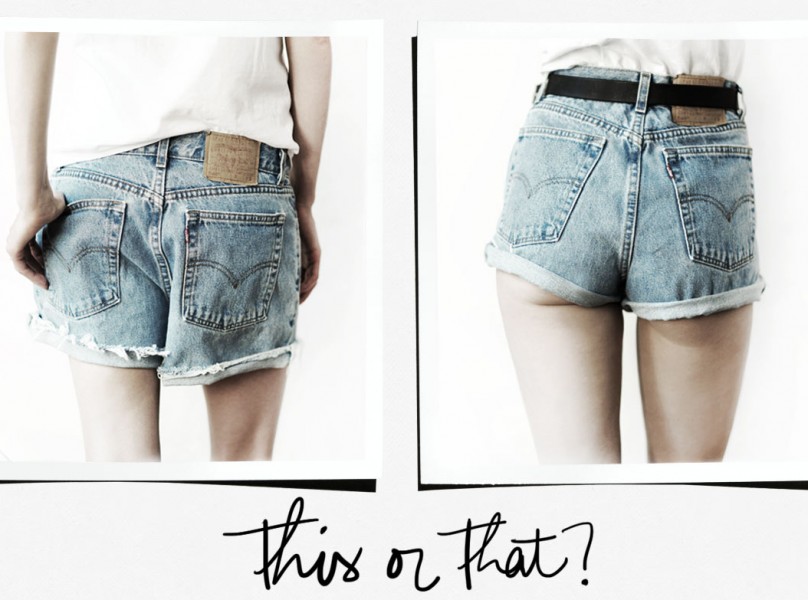
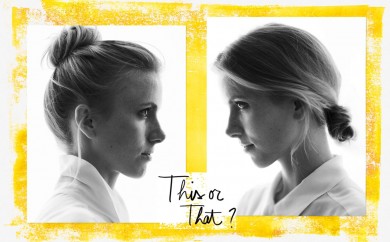
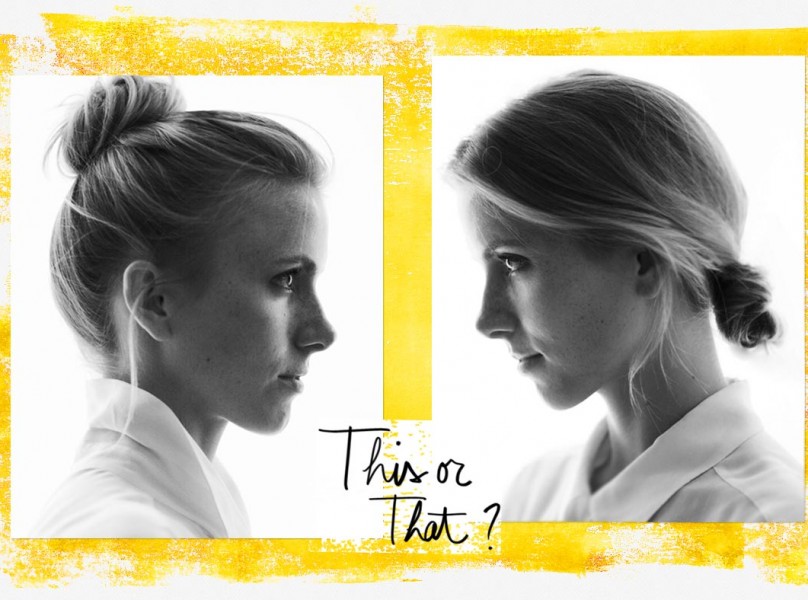
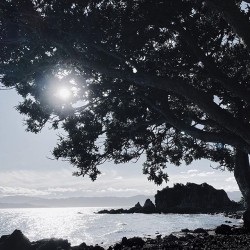
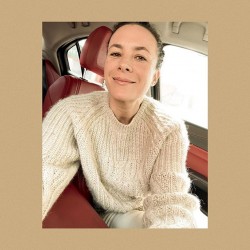
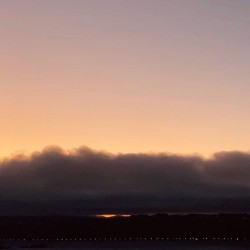
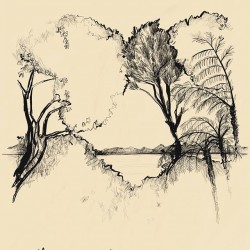
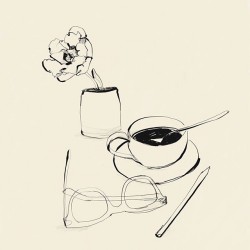
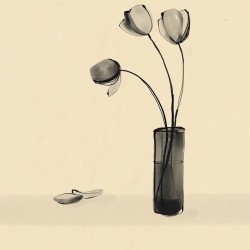
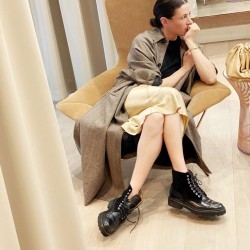
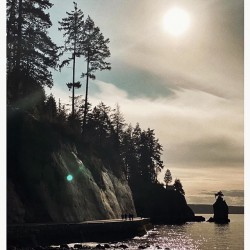
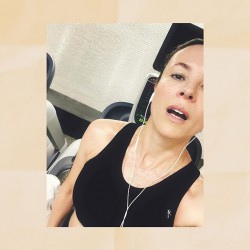
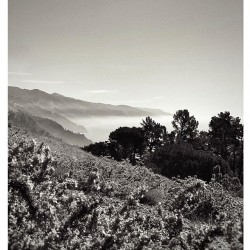
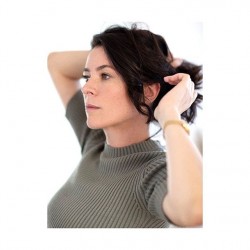
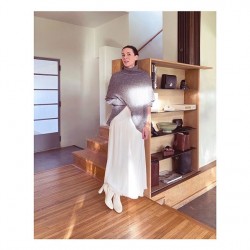
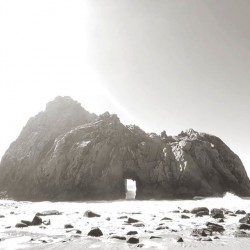
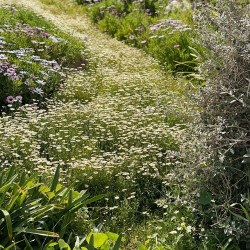
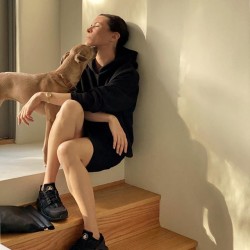
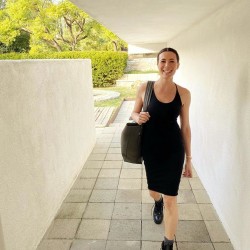
“I need a city that is a pedestrian city…” Je n’ai jamais habite dans une “pedestrian city” en Amerique, d’ou necessite d’avoir une voiture. :-(
En lisant cette interview en anglais, j’avais l’impression d’entendre l’accent francais de Jocelyne !
Emily encore une superbe interview ! Jocelyn a une intelligence humaine et une faculté d’adaptation incroyable ! Son savoir-faire est impressionnant ! J’aurai aimé vraiment voir quelques uns de ses Visuels/créations. Quelle chance aussi d’avoir travailler avec Ruven Afanador.
Merci Sunny Side! Jocelyne is quite special! x
For years I would look at fashion magazines and the jewelry ads were soooo boring! I’ve noticed in the last few years they are so much more imaginative and interesting. Thanks Joceylyn! Great interview. And I loved your advice to young people starting out to get physical. I, too, have found some have an attitude of “if I think I can, I can” or believing they can start at the top. Thinking you can is a great start, but then comes the hard work.
Love the career interviews. Thanks Emily.
Jocelyn is amazing. Such a perfcet perspective on work and life. The Mel Bourne moments were touching and proof that don’t be afraid to approach your influencers. They are often very generous and gracious. We all want to know we have affected some.
I also agree that you need to learn the craft no matter how talented you are. It will show up in your projects. I get so frustrated with people who think artist endeavors are easy. There are layers of history and technique beneath the surface. You must learn to construct before you can deconstruct.
What a great career story. She follows her gut and follows the money ;) Funny how life can be serendipitous when you become focused. I am reviewing my latest beauty tool- the NuFace here: https://bit.ly/2q7YQWt
Quelle icône ! Son parcours fait rêver, c’est une véritable source d’inspiration…
Amazing interview, thank you so much
Really enjoyed Jocelyn’s reflections on her journey as a craftsperson. Gave me things to think. Thank you!
Thankyou this was a Great interview, so honest and informative
Thank you, Merci!
Truly inspiring lady. I am an exhibition designer, having worked within the industry of story telling for 15 years, I have my moments of doubts and wondering what’s next for me. Reading this article has inspired me again and to always have the curiosity to learn and make new things.